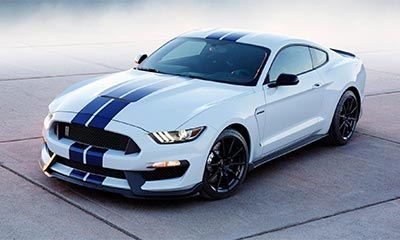India's Current Charging Infrastructure Situation: Explained.
Experts and industry players
agree that charging infrastructure is the most important facilitator in the
transition to electric mobility. However, despite the government's support for
electric vehicles, India still has a long way to go in terms of developing
reliable charging infrastructure.
To support these efforts, the
Ministry of Power (MoP) and the Ministry of Housing and Urban Development
(MoHIPE) have teamed up to provide the necessary electric
vehicle charging stations as part of a scheme called Faster Adoption
and Manufacture of Hybrid and Electric Vehicles (FAME). Apart from establishing
2700 charging stations by 2024, the ministries will install EV charging
stations on each side of important highways after every 25 kilometers under the
recently launched second phase of FAME, or FAME II, which began on April 1,
2019.
In addition, the Ministry of
Housing and Urban Affairs (MoHUA) has mandated the installation of charging
stations in residential and other structures, with at least 20% of the total
car parking capacity dedicated to electric vehicles.
The state-run Energy Efficiency
Services Limited (EESL), which has been tasked by the government to boost
electric mobility in the country, has floated a tender for 4,500 chargers to be
installed in Delhi-NCR (National Capital Region) to cater to 10,000 e-cars
expected to be purchased for government officials in the coming years.
India's current charging
technology
Looking for electric charging stations near me? According to
SMEV, the Indian government has been experimenting with various charging
schemes in order to accelerate the deployment of electric vehicles in the
country. Currently, there are primarily two types of chargers based on charging
speed:
Slow Chargers: These are home charging
stations and public charging stations with capacities ranging from 1.2 KW to 3
KW (kilowatt). Domestic metering is used for the majority of the billing. These
chargers work with single-phase plugs that range from 5 to 15 amps. These
chargers provide alternating current (AC) to the vehicle's onboard charger,
which converts it to direct current (DC) and charges the battery.
Fast Chargers: Chargers with a
capacity of 15 KW to 50 KW or more are known as fast chargers. These chargers
use a port to transfer direct current (DC) to an electric vehicle's battery,
and they can charge a vehicle in half an hour to 90 minutes. These are mostly
for cab firms and business users with electric car fleets.
While private charging stations
can be put up easily at home/apartment/office, public charging stations must
meet a minimal infrastructure requirement.
Every location with a plug can be
used to charge an electric vehicle. The majority of the time, you may charge
your car or scooter at an office without paying anything. That's wishful
thinking! We are Indians, and we are well aware that office parking lots do not
charge us for the electricity we use. However, a mall may charge you. So the
next time you are looking for charging stations near
me, think about Charzer.


Comments